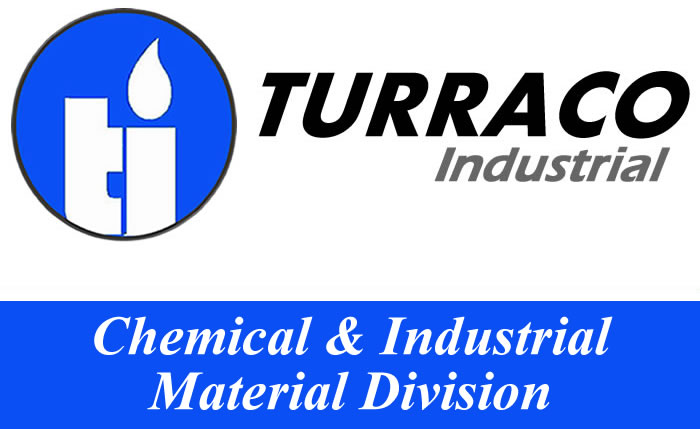Formic Acid (Methanoic Acid)
Formic acid (also called methanoic acid) is a colorless liquid having a highly pungent and penetrating odor at room temperature. It is miscible with water and most polar organic solvents, and is somewhat soluble in hydrocarbons. It occurs naturally, most notably in ant venom. Esters, salts, and the anions derived from formic acid are referred to as formates.
A major use of formic acid is as a preservative and antibacterial agent in livestock feed. It is applied on silage (including fresh hay) to promote the fermentation of lactic acid and to suppress the formation of butyric acid; it also allows fermentation to occur quickly, and at a lower temperature, reducing the loss of nutritional value. Formic acid arrests certain decay processes and causes the feed to retain its nutritive value longer, and so it is widely used to preserve winter feed for cattle. In the poultry industry, it is sometimes added to feed to kill E. coli bacteria and use as preservative for silage and (other) animal feed.
Formic acid is also significantly used in the production of leather, including tanning, dyeing and finishing of textile because of its acidic nature. It is also use as a coagulant in the production of rubber.
Formic acid is used in place of mineral acids for various cleaning products, such as limescale remover and toilet bowl cleaner. Some formate esters are artificial flavorings or perfumes.
Beekeepers use formic acid as a miticide against the tracheal mite (Acarapis woodi) and the Varroa mite. Formic acid has been shown to be an effective treatment against warts.
For additional information and documents about Formic Acid or how we can supply your organization, please give us a call, send us an email or contact us here: |

